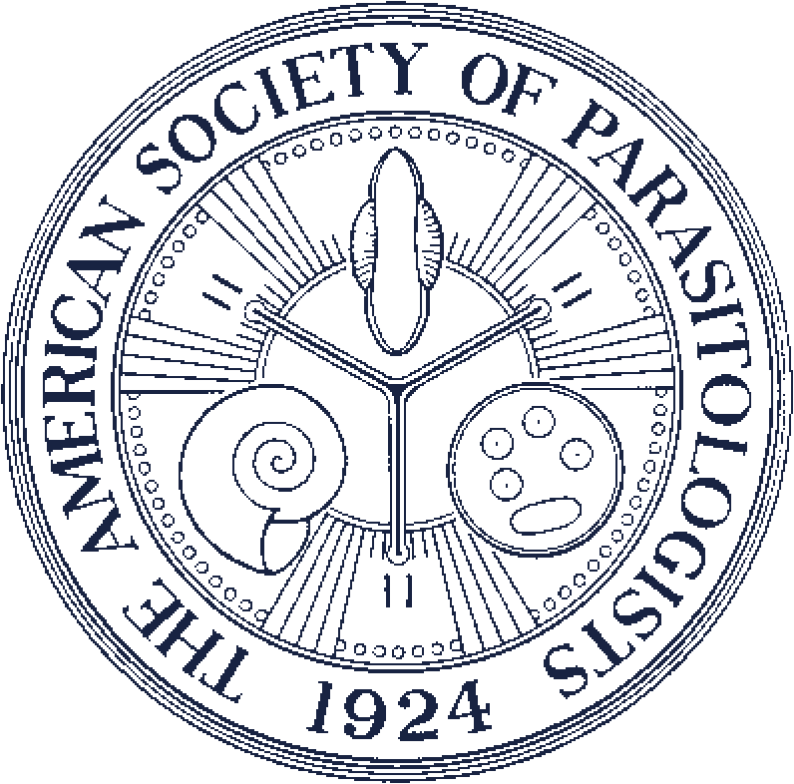A New Species of Intromugil (Digenea: Haploporidae) and Redescription of Intromugil mugilicolus
Intromugil alachuaensis n. sp. is described based on specimens collected from the flathead grey mullet (Mugil cephalus) from the Santa Fe River in Florida. The new species is the fourth recognized species in the genus and the second from North America, with the other 2 being confined to South America. Intromugil mugilicolus from Louisiana and Mississippi is redescribed based on the holotype and newly collected material that was not flattened prior to fixation. Two generic features not previously reported are apparent in the new material from I. mugilicolus and I. alachuaensis n. sp.: an armed oral sucker and a series of sacs containing glandular material arranged in symmetrical rows in the hermaphroditic duct. Intromugil alachuaensis differs from I. mugilicolus by having an oral sucker longer than wide, body spines smaller and lanceolate rather than longer and hastate, and smaller vitelline follicles. Intromugil alachuaensis n. sp. differs from Intromugil simonei by having a large elongated pharynx rather than a smaller subspherical one, a proportionately larger and longer oral sucker, and a longer prepharynx (greater than 1 pharyngeal length). Intromugil alachuaensis n. sp. differs from Intromugil annakohnae by having a longer than wide pharynx, a relatively large oral sucker, less extensive vitellarium, and smaller body spines. Comparison of more than 2,400 base-pair-long sequences of nuclear rDNA (partial 18S, complete ITS1, complete 5.8S, complete ITS2, and partial 28S) from I. mugilicolus and I. alachuaensis n. sp. reveals 110 pairwise differences, including gaps, thus supporting our proposal of a new species. These represent the first published sequences from species in this genus.Abstract:

Intromugil mugilicolus (Shireman, 1964) from Mugil cephalus. (1) Ventral view of nonovigerous wholemount, scale bar = 600 μm. (2) Lateral view of wholemount, only dextral vitelline follicles illustrated, eg = egg, scale bar = 600 μm. (3) Hermaphroditic sac of holotype (USNPC 6006-5); specimen had been killed under coverslip pressure, and not all glands in hermaphroditic sac clearly visible; esv = external seminal vesicle, fd = female duct, gp = genital pore, hd = hermaphroditic duct, isv = internal seminal vesicle, md = male duct, pb = prostatic bulb, pc = prostatic cells, ut = uterus, scale bar = 100 μm. (4) Oral sucker showing 3 rows of diminutive spines along anterior margin of mouth and tegumental spines, scale bar = 50 μm.

Intromugil alachuaensis n. sp. from M. cephalus. (5) Ventral view of holotype, scale bar = 600 μm. (6) Lateral view of paratype, scale bar = 600 μm. (7) Hermaphroditic sac of specimen killed under coverslip pressure; esv = external seminal vesicle, fd = female duct, gp = genital pore, hd = hermaphroditic duct, isv = internal seminal vesicle, md = male duct, pb = prostatic bulb, pc = prostatic cells, ut = uterus, scale bar = 100 μm. (8) Oral sucker showing 3 rows of diminutive spines along anterior margin of mouth and tegumental spines, scale bar = 100 μm.

Nomarski photomicrographs of living trematodes. (9) Intromugil mugilicolus showing glands in hermaphroditic duct, scale bar = 200 μm. (10) Intromugil alachuaensis n. sp. showing glands in hermaphroditic duct, arrows indicate sacs containing glandular material, scale bar = 200 μm.
Contributor Notes
